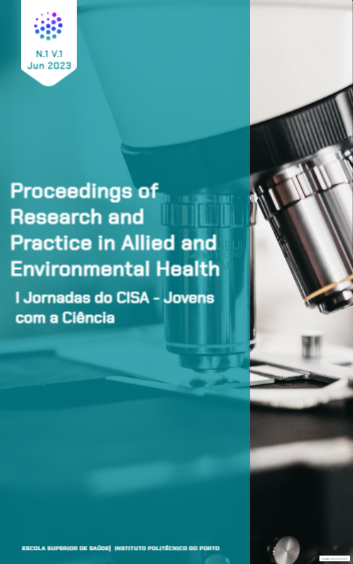Abstract
Background: The water pollution represents one of the most serious ecological challenges [1]. Over the last years the use and consumption of pharmaceuticals has increased, and this is reflected in the rise of water contamination. Many drugs cannot be efficiently removed by wastewater treatment and ended up being released into the aquatic environment [2]. Valproic acid is an anticonvulsive and mood stabilizer medication that has been found in the aquatic environment [3]. Although some effects of this drug on small mammals and fish are known, its ecotoxicity in plants has not yet been evaluated. Lemna minor is widely used as a bioindicator of water quality [2]. This aquatic macrophyte has been applied for remediation studies and has shown effective results [4].Objective: The aim of this study is to study the ecotoxicity of valproic acid on the growth of Lemna minor. Methods: Lemna minor was exposed to six different concentrations of valproic acid for 7 days. During this time the number of fronds was analyzed. After the test some parameters were evaluated: area of fronds, root length and chlorophylls content. The chlorophylls were analyzed by spectrophotometry. Results: At the higher concentration (0,1 mg/L) of valproic acid, the number of fronds was significantly lower than the control. Also, chlorophyll content was lower at 0,05 mg/L and 0,1 mg/L for chlorophyll a, b and carotenoids and at 0,025 mg/L; 0,05 mg/L and 0,1 mg/L for total chlorophyll. The root length was significantly lower at the higher concentrations (0,025 mg/L; 0,05 mg/L and 0,1 mg/L), comparatively to the control. The fronds area didn’t show any significant difference when compared to the control. Conclusions: Valproic acid influenced the number of fronds, length of the root and concentration of chlorophylls and at the higher concentrations it is notable a significant inhibitory effect.
References
Lacorte S, Luis S, Gómes-Canela C, et al. Pharmaceuticals released from senior residences: occurrence and risk evaluation. Environmental Science and Pollution Research. 2018;25(7):6095-6106.
Bourioug M, Mazzitelli JY, Marty P, et al. Assessment of Lemna minor (duckweed) and Corbicula fluminea (freshwater clam) as potential indicators of contaminated aquatic ecosystems: responses to presence of psychoactive drug mixtures. Environmental Science and Pollution Research. 2018;25(12):11192-11204.
Chateauvieux S, Morceau F, Diederich M. Valproic Acid. Encyclopedia of Toxicology: Third Edition; 2022: 905–908.
Ekperusi AO, Sikoki FD, Nwachukwu EO. Application of common duckweed (Lemna minor) in phytoremediation of chemicals in the environment: State and future perspective. Chemosphere. 2019; 223:285-309.

This work is licensed under a Creative Commons Attribution-NonCommercial-NoDerivatives 4.0 International License.
Copyright (c) 2023 Beatriz Machado, Cristina Prudêncio, Ricardo Ferraz, Piedade Barros

